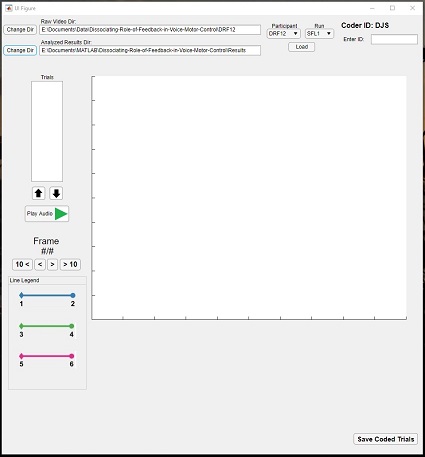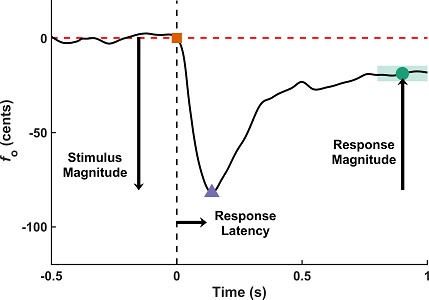Page Not Found
Page not found. Your pixels are in another canvas.
A list of all the posts and pages found on the site. For you robots out there is an XML version available for digesting as well.
Page not found. Your pixels are in another canvas.
About me
This is a page not in th emain menu
Published:
This post will show up by default. To disable scheduling of future posts, edit config.yml and set future: false.
Published:
This is a sample blog post. Lorem ipsum I can’t remember the rest of lorem ipsum and don’t have an internet connection right now. Testing testing testing this blog post. Blog posts are cool.
Published:
This is a sample blog post. Lorem ipsum I can’t remember the rest of lorem ipsum and don’t have an internet connection right now. Testing testing testing this blog post. Blog posts are cool.
Published:
This is a sample blog post. Lorem ipsum I can’t remember the rest of lorem ipsum and don’t have an internet connection right now. Testing testing testing this blog post. Blog posts are cool.
Published:
This is a sample blog post. Lorem ipsum I can’t remember the rest of lorem ipsum and don’t have an internet connection right now. Testing testing testing this blog post. Blog posts are cool.
Published:
Abstract: Many proposed EEG-based brain-computer interfaces (BCIs) make use of visual stimuli to elicit steady-state visual evoked potentials (SSVEP), the frequency of which can be mapped to a computer input. However, such a control scheme can be ineffective if a user has no motor control over their eyes and cannot direct their gaze towards a flashing stimulus to generate such a signal. Tactile-based methods, such as somatosensory steady-state evoked potentials (SSSEP), are a potentially attractive alternative in these scenarios. Here, we compare the neural signals elicited by SSSEP to those elicited by SSVEP in naiive BCI users towards evaluating the feasibility of SSSEP-based control of an EEG BCI.
Download here
An example of my GUI design for studying changes in Larynx Position
The Experiments and Analyses prepared for my Dissertation Defense
Published in 2014 36th Annual Internal Conference of the IEEE in Engineering in Medicine and Biology Society, 2014
Abstract: Many proposed EEG-based brain-computer interfaces (BCIs) make use of visual stimuli to elicit steady-state visual evoked potentials (SSVEP), the frequency of which can be mapped to a computer input. However, such a control scheme can be ineffective if a user has no motor control over their eyes and cannot direct their gaze towards a flashing stimulus to generate such a signal. Tactile-based methods, such as somatosensory steady-state evoked potentials (SSSEP), are a potentially attractive alternative in these scenarios. Here, we compare the neural signals elicited by SSSEP to those elicited by SSVEP in naiive BCI users towards evaluating the feasibility of SSSEP-based control of an EEG BCI.
Download here
Published in Brain and Language, 2019
Abstract: Efficient speech communication requires rapid, fluent production of phoneme sequences. To achieve this, our brains store frequently occurring subsequences as cohesive "chunks" that reduce phonological working memory load and improve motor performance. The current study used a motor-sequence learning paradigm in which the generalization of two performance gains (utterance duration and errors) from practicing novel phoneme sequences was used to infer the nature of these speech chunks. We found that performance improvements in duration from practicing syllables with non-native consonant clusters largely generalized to new syllables that contained those clusters. Practicing the whole syllable, however, resulted in larger performance gains in error rates compared to practicing just the consonant clusters. Collectively, these findings are consistent with theories of speech production that posit the consonant cluster as a fundamental unit of phonological working memory and speech sequencing as well as those positing the syllable as a fundamental unit of motor programming.
Download here
Published in Journal of Speech, Language, and Hearing Research, 2020
To better define the contributions of somatosensory and auditory feedback in vocal motor control, a laryngeal perturbation experiment was conducted with and without masking of auditory feedback.
Download here
Published:
This is a description of your talk, which is a markdown files that can be all markdown-ified like any other post. Yay markdown!
Undergraduate course, University 1, Department, 2014
This is a description of a teaching experience. You can use markdown like any other post.
Workshop, University 1, Department, 2015
This is a description of a teaching experience. You can use markdown like any other post.